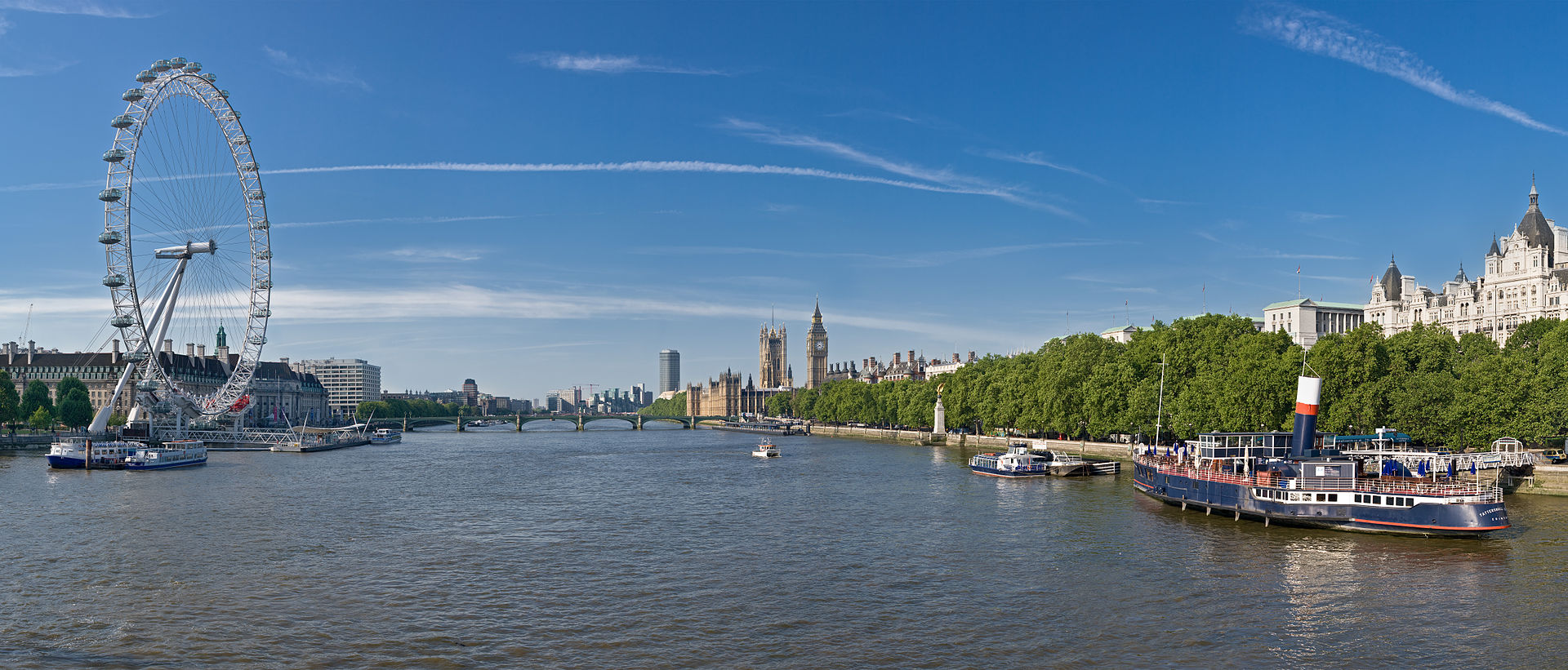 BBC News
BBC NewsBorrowing was £17.4bn last month, the second highest October figure since monthly records began in 1993.

Christopher Jackson
At a certain point, the dysfunction becomes so well-known that it begins to feel ordinary. And yet there is nothing ordinary about the slow collapse of Thames Water — the country’s largest water company, provider of an essential service to nearly a quarter of the UK population, and now a cautionary tale in how not to run infrastructure.
The news that US private equity firm KKR has walked away from a proposed £4bn deal to recapitalise the company is the sort of moment that usually triggers quiet crisis meetings in Westminster. In this case, they’re likely already underway. Without that investment, Thames inches closer to a government-managed special administration, a fate it has managed to keep at bay with considerable effort — and increasingly elaborate financial choreography.
Thames called the withdrawal “disappointing” and insisted it would now proceed with an alternative plan led by its creditors. That plan, sources say, is ready and fully funded. But it also represents, in effect, the final available route before the company becomes unmanageable.
For many observers, this outcome was long in the making. When Thames was privatised in 1989, it carried no debt. Now, it carries £19bn — a fact that says something about the limits of privatisation not just as an ideology but as a business model. Over the years, successive owners focused more on financial engineering than engineering of the traditional kind: upgrading pipes, fixing leaks, preventing spills.
The results have been widely felt and poorly contained. Thames has struggled to control sewage discharges, repair ageing infrastructure, and meet public expectations — all while navigating scrutiny from Ofwat and increasingly frustrated parliamentary committees. As Alistair Carmichael MP, chair of the Environment, Food and Rural Affairs Committee, said last week: “Our concerns have been realised, putting Thames in a perilous position.”
What makes this story more than a tale of one company’s missteps is the timing. KKR’s withdrawal came on the very morning that Sir Jon Cunliffe, a former deputy governor of the Bank of England, released interim findings from an independent review of the water sector. His verdict was stark: the system is failing, the regulatory framework is “chaotic,” and the sector will struggle to attract investment unless reform is undertaken quickly and credibly.
There is a quiet consensus emerging. The system, as currently designed, doesn’t encourage the right kind of investor. “We need long-term investors like pension funds,” Sir Jon said. “If the regulatory system is too volatile, we won’t get them.” His words ring true. A sector so central to public health and environmental integrity cannot rely on the instincts of short-term capital alone.
Some, like Castle Water, have said they are “ready and willing” to step in. But even those offers appear to lack committed financing. Others — and this includes the government — are preparing for the possibility that state intervention may soon become inevitable.
Yet this is about more than a single company or a single crisis. What’s being tested is the viability of a model — the idea that we can privatise core utilities, extract returns for shareholders, and still somehow meet public need. Thames Water has become the latest, and most visible, indication that this equation no longer adds up.
There are still reasons for hope. Water services will continue, regardless of what happens to the ownership structure. People will still turn on taps and expect — quite rightly — clean water to appear. But that surface normality hides deeper systemic questions. What are the terms on which we want our infrastructure to be run? Who should pay for its renewal? And what happens when the money simply isn’t there?
These are questions that go well beyond Thames. But the answers will likely begin there.